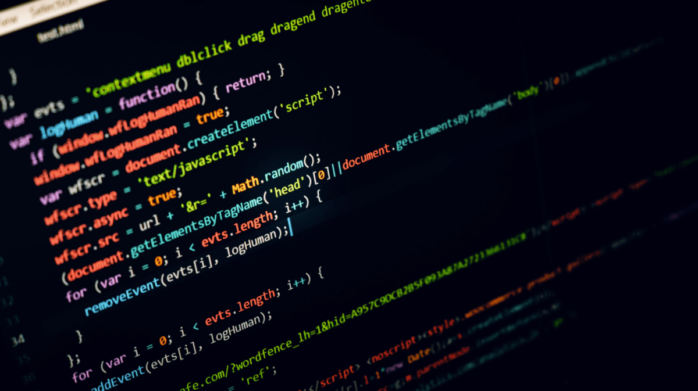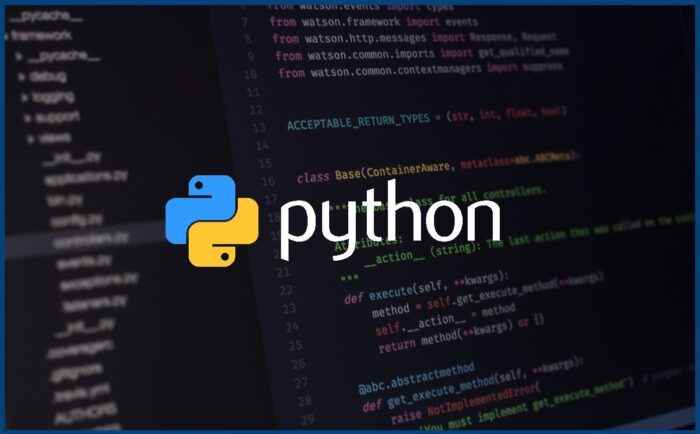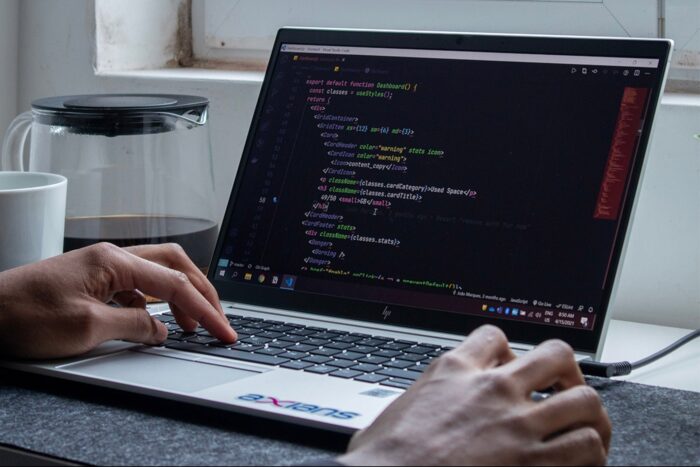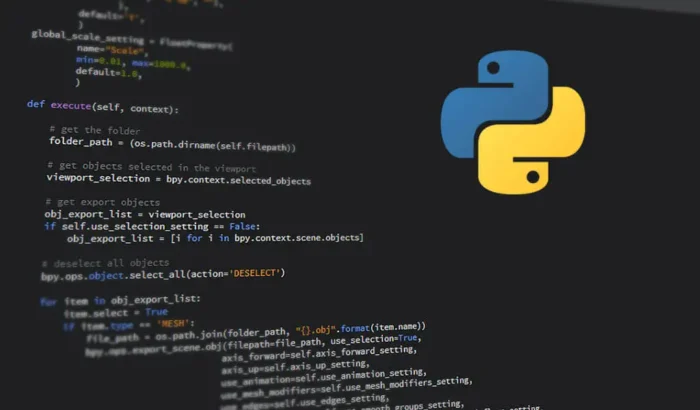
Python is a widely used programming language that is known for its readability and easy-to-use syntax. If you’re looking to learn a new programming language, it may be a good option for you. In this article, we will explore whether or not Python is the easiest language to learn for beginners. We will go over some of the features of the language, as well as some tips on how to get started if you decide to learn it.
Which is the easiest programming language for beginners?

In today’s world, there are many different programming languages to choose from. It can be difficult to decide which one is the easiest for beginners. Some of the more popular programming languages include Java, Python, and C++. However, each one has its own set of features and requirements that make it a good choice for some people and not so good for others.
Java has become quite popular due to its broad compatibility with other programs and platforms. This makes it a good choice for websites that need to be used on both desktop and mobile devices. Java also has a large user base, so you’re likely to find help if you need it.
Python is another language that’s gaining popularity. It’s easy to learn because it doesn’t use curly brackets as some other languages do. In addition, Python is versatile enough to be used in both small applications as well as large ones. This means that you can find many uses for it even if you don’t plan on becoming a full-time programmer.
C++ is generally considered the most advanced of all the programming languages. However, this isn’t always the case for beginners who are just starting out. C++ does have some features that may intimidate beginning programmers, but with practice, these features can be learned easily.
More on Python
Python is an interpreted, general-purpose language created in 1991 by Guido van Rossum. It is known for its clarity and readability, as well as its low memory and processing requirements. Compared to other high-level programming languages, such as Java or C++, Python is relatively easy to learn for beginners. Additionally, it makes it possible to develop software quickly and easily without needing to know a lot of complex details about the underlying operating system or hardware.
This language is a widely used high-level, interpreted, general-purpose programming language. Python supports multiple programming paradigms, including object-oriented, imperative, and functional programming. It has a wide variety of built-in data types, such as strings, lists, tuples, dicts, and sets. Additionally, Python offers powerful libraries with hundreds of modules that allow you to perform sophisticated data manipulations and create sophisticated applications.
Some notable features of Python are its readability and comprehensibility. Furthermore, it is known for its fast execution speeds on large projects due to its well-designed interpreter and extensive standard library.
How to get started?

You need to be aware of the different types of data that Python can work with. It supports data types like strings, lists, dictionaries, and tuples. Knowing how to use these data types will make your coding experience much easier.
Next, you need to become familiar with the basic syntax of Python. The syntax is simple and easy to understand, which makes learning Python a breeze. In addition, the interpreter that comes with Python is very fast and efficient, so you won’t have to waste time struggling with slow code snippets or inefficient programs.
Last but not least, be sure to familiarize yourself with the various libraries available for Python. These libraries contain all sorts of useful functions that can help you speed up your workflow. By using these libraries effectively, you’ll be able to develop complex programs quickly and easily
Here are some tips to get started:
- Start with the basics. Before you can start writing code, you need to understand the basics of Python. This includes learning about basic data types and operators, as well as how variables and programs are executed.
- Use online resources. There are many online resources available to help you learn Python. Try searching for “python tutorial” on Google, or browsing through different online resources. The web offers a variety of options, including video tutorials, written exercises, and interactive programming environments (known as editors).
- Get help from others. Finally, don’t hesitate to reach out for help when you need it. Ask your friends or family members if they know anyone who can help you with learning Python; there’s likely someone in your social circle who is interested in learning the language too!
What is the best age to start?

The best age to learn Python is 12 years or older. Interestingly, this is also the age at which children are generally most interested in learning new things. As they progress through school and into their early twenties, many people shift their focus from learning new information to applying that knowledge. This is a great opportunity for you to start getting into coding and programming.
Is 50 too old to learn Python?
There is no age limit when it comes to learning new things, as long as you are willing to put in the effort. Indeed, there are many successful people who started their careers at a much later age than 50. If you’re truly interested in learning Python, you should give it a try regardless of your age.
There are plenty of resources available online that will help you get started. A good place to start is by reading one of the many books written specifically for beginners. Alternatively, you can take online courses that are offered by various universities and colleges. Once you have a basic understanding of the language, you can then move on to more difficult topics.
How much time will it take?

In general, it takes about two months to learn enough Python code to be able to start building basic applications. However, depending on your prior programming experience and how much you want to learn, it might take up to six months before you feel sufficiently confident in your skills.
Final words
Python is a very easy-to-learn programming language that you can use for a variety of applications. It is popular for web development and has many modules that make it versatile. It also has a large user community, so you’re likely to find help if you need it.












